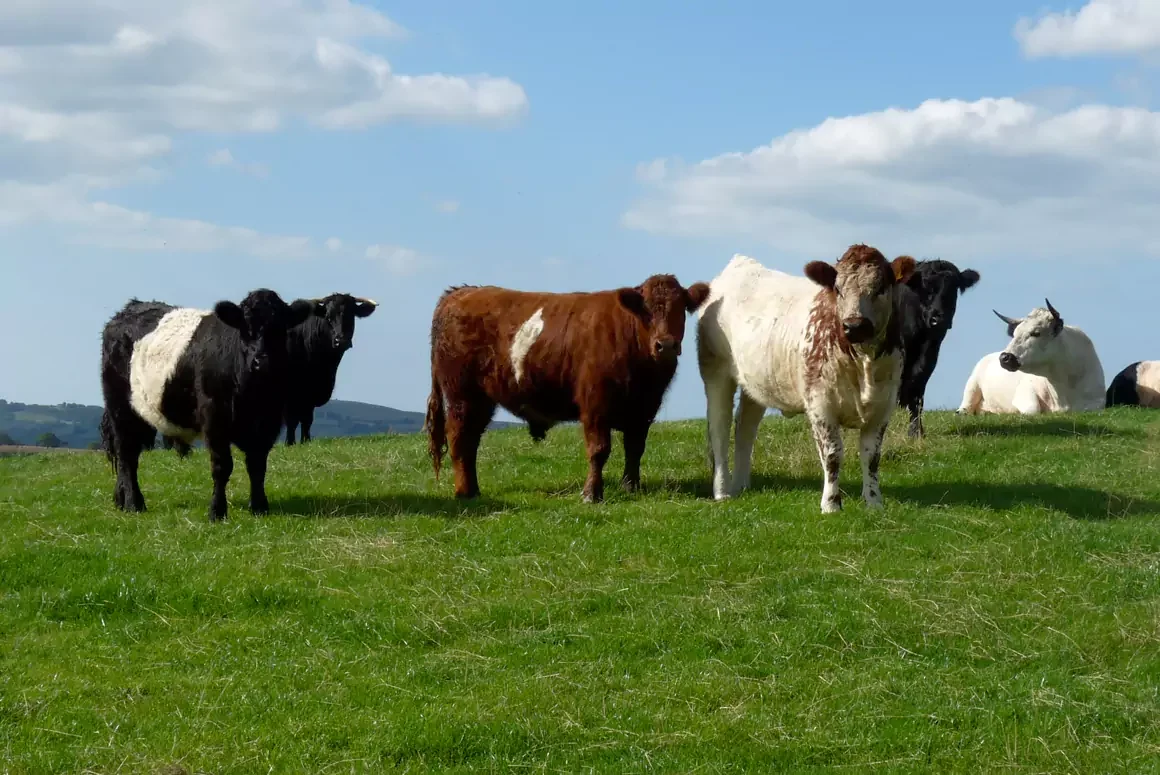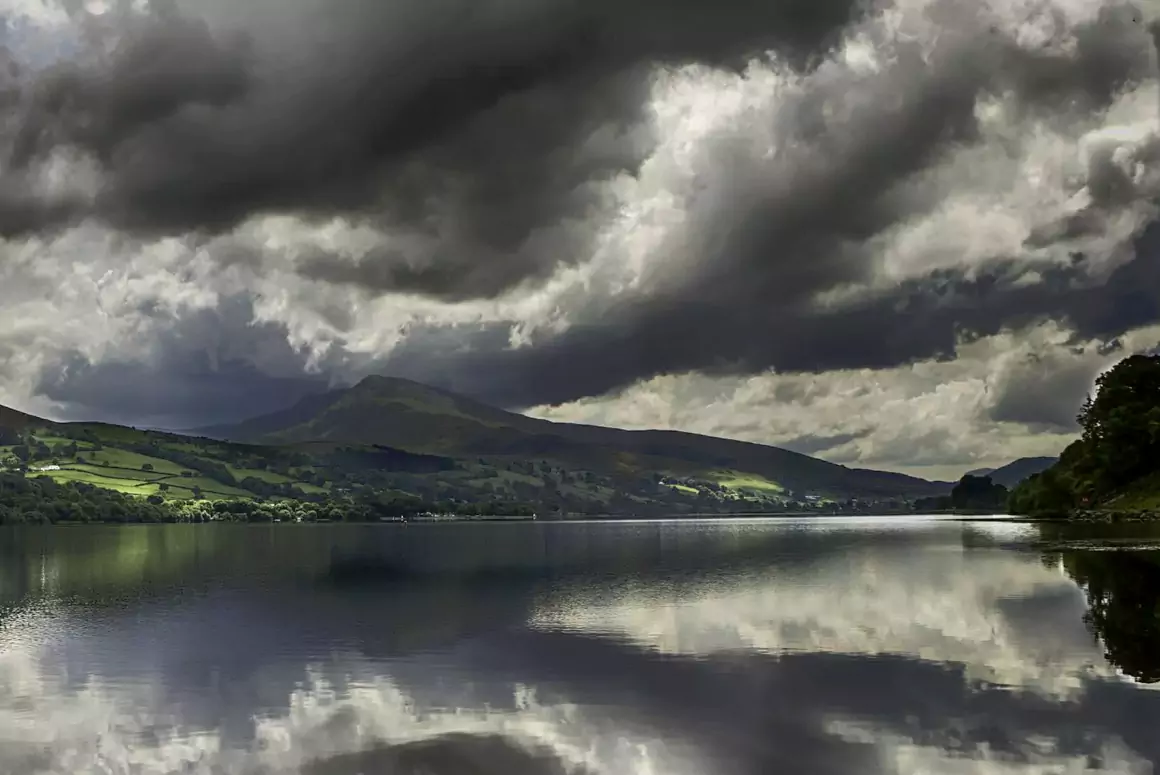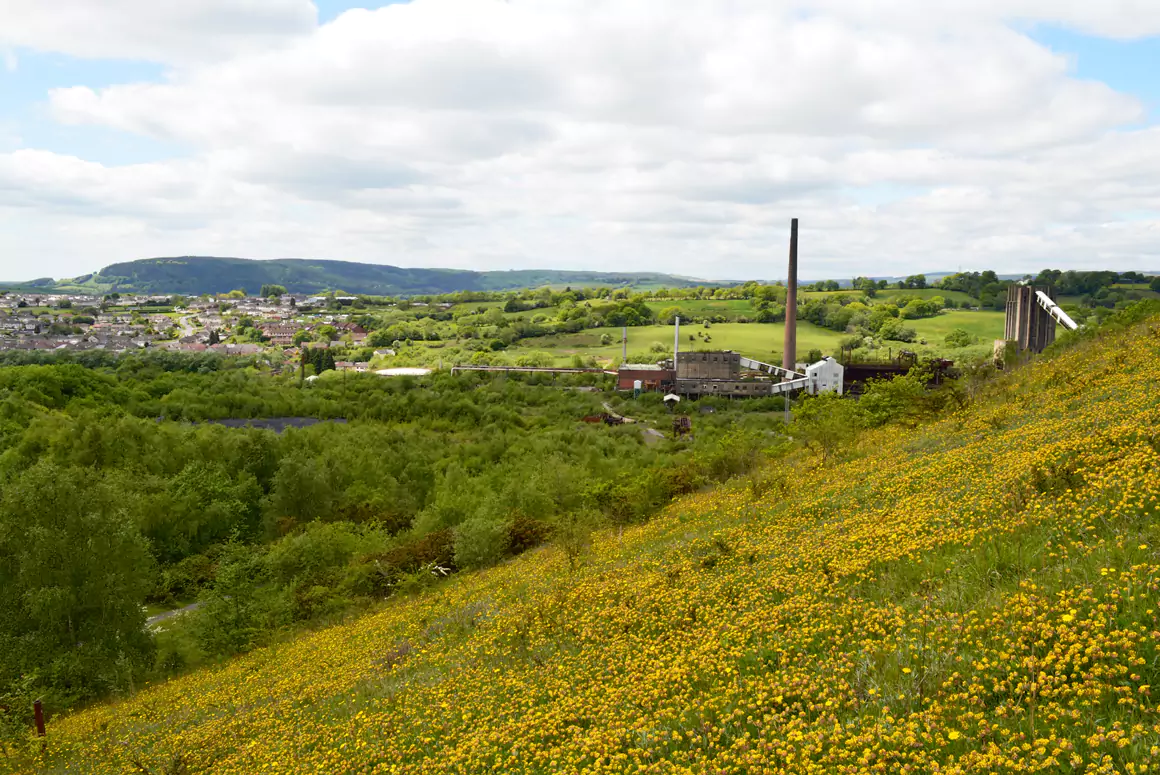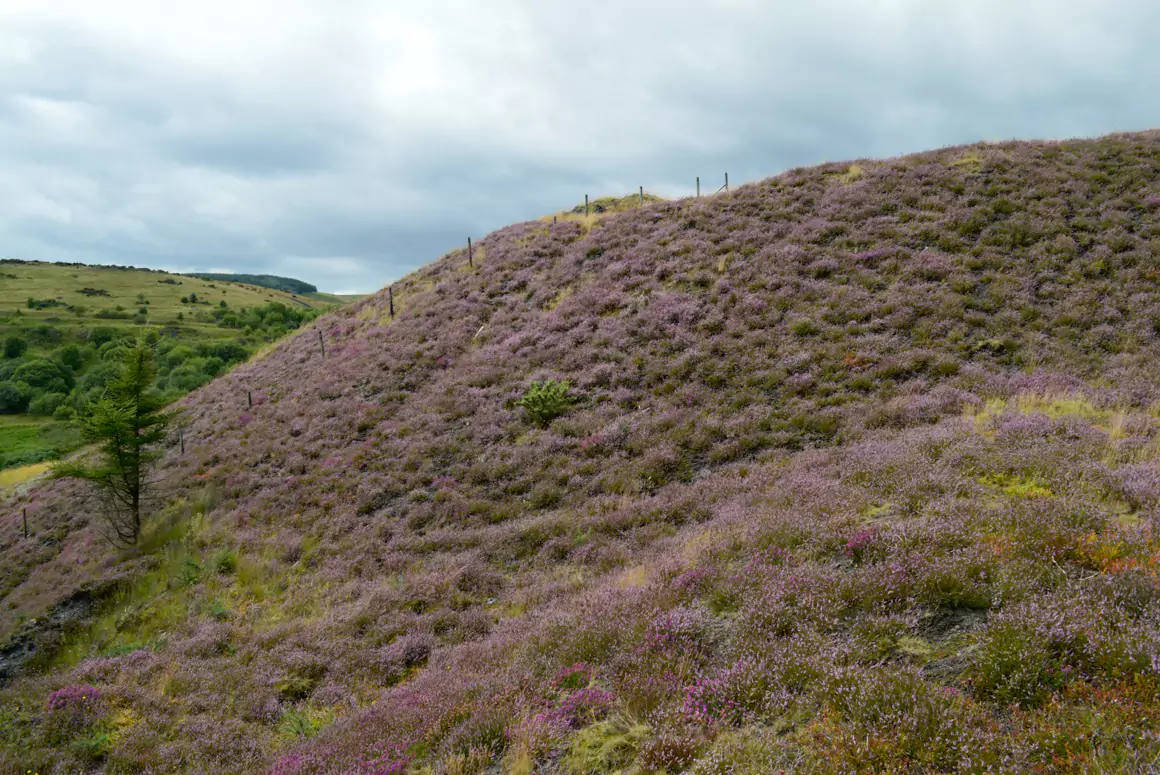Ancient Cattle of Wales is a cattle breed society that is possibly the youngest livestock society in the Wales and the United Kingdom.
This is the first of an occasional series looking at Welsh Icons alive and dead, animate and inanimate.
In looking at this relatively unknown breed of cattle one has to recognise its history which is itself only part of the intricate web of agricultural history.
Cattle have been roaming the hills and plains of Wales for 1000’s of years with each area having its own type of cattle that suit the local topography but more often or not having influence of an exceptional bull and his progeny.
In addition the use of these beasts was different than that of today. No specialist dairy cattle or double muscled beef breeds. In addition no huge cattle sheds to house cattle over winter with many being kept outside over the winter months albeit generally in the “home paddocks”. One also has to remember that in many cases the horse or horses where the more pampered of the farms livestock.
Black cattle have always been the most popular colour of cattle of Welsh Cattle and this eventually culminated in the formation of the Welsh Black Cattle Society in the early 20th century (more of this in a future article).
But the history is obviously longer and deeper than the 20th century. White cattle with red ears are referenced in Welsh laws of the 10th Century under the Welsh king Hywel Dda.
Well before the Bank of the Black Ox, white cattle were used as coin to measure fines payable to the Lords of Dynevor (now spelt as Dinefwr).
It seems that white cattle where a valuable asset and in 1210 a Welsh Marcher Lord William De Breos tried to bribe King John with a White bull and four hundred cows.
Both of these occasions are claimed as White Park cattle which now has its own breed book and was taken as the logo for the Rare Breeds Survival Trust in 1973.
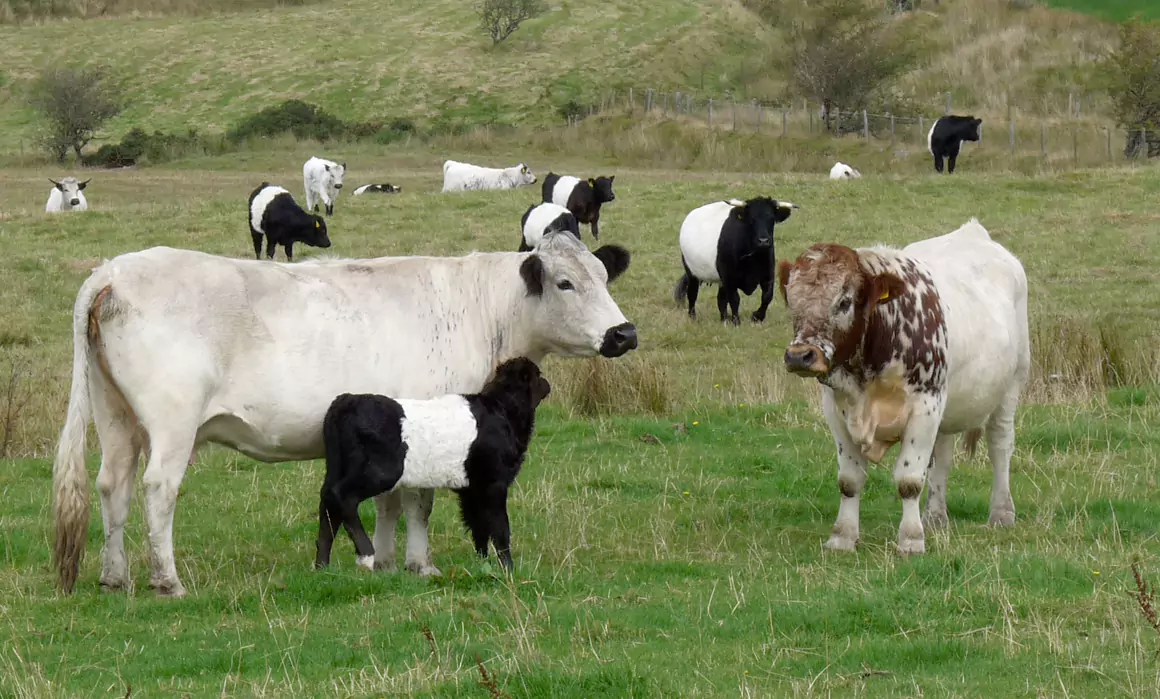
So one can see that Ancient Cattle of Wales has larger groups both within and separate but it is far more complicated than just black and white.
Medieval Welsh Poets mention black bulls with white tails, red bulls of Glamorgan. Radnorshire cattle described as ‘beer and milk’ and with its proximity to the Welsh border could be part of the origination of the now Hereford Breed.
With formal agricultural societies yet to be established local fairs, really selling fairs, where the then gathering of cattle breeders and keepers and records from North Pembrokeshire fairs of around 1600 mention 15 colour varieties of cattle for sale.
When one looks around the show rings of today it is often the foreign breeds that reign supreme both in beef and dairy.
This brings two aspects of historical cattle breeds to note firstly that there was less separation between beef and dairy with many farmers wanting a dual purpose animal.
But in addition I tend to think of the foreign breeds really only starting to make their mark in the 1970’s but how wrong am I.
One notable import was in the 19th century when Robert Vaughan Esq of the Nannau estate in the then Meirionethshire (now part of Gwynedd) imported a German Lakenvelder bull. This was a belted dairy breed and the forerunner of the Dutch Belted breed of today and also strongly related to the Scottish breed the Belted Galloway.
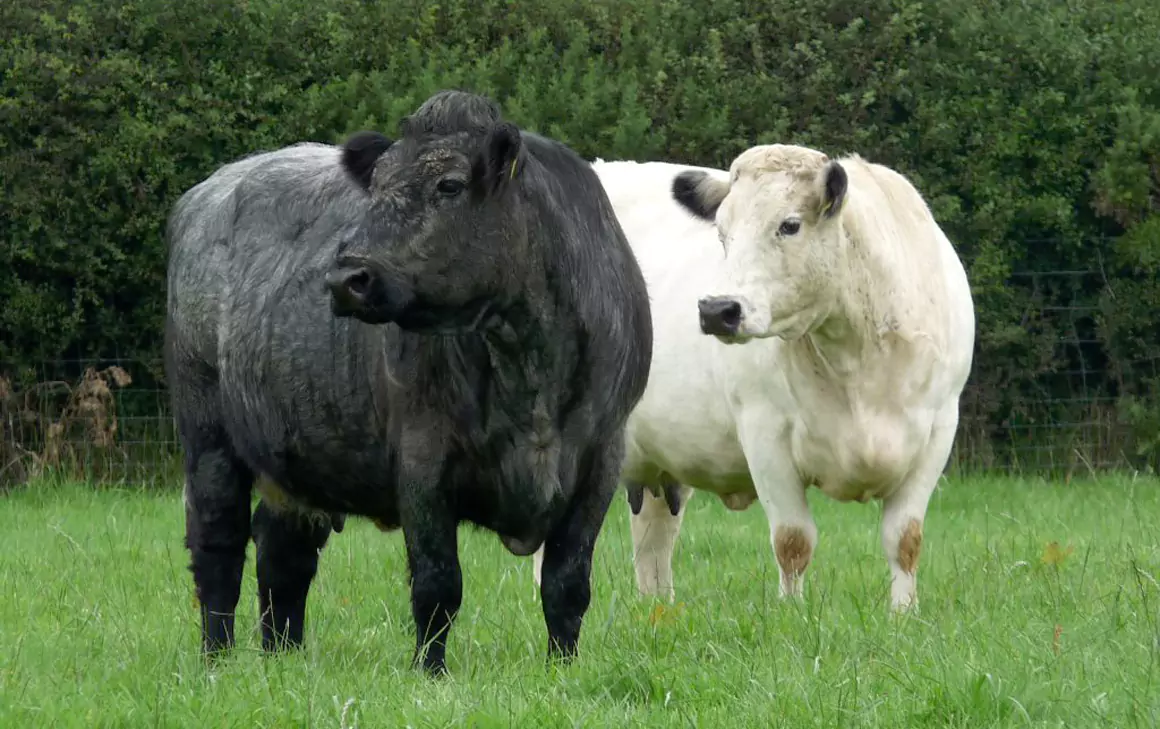
But back to Wales. This Lakenvelder bull and its progeny certainly seems to have created waves around Wales cattle breeding of the time producing Welsh Belted cattle but also speckled, spotted and roan cattle.
So where does this leave the Ancient Cattle of Wales today?
Are the Ancient Cattle of Wales just a hobby a fad with little commercial use? Well the answer to that is a resounding no.
Looking with a broad brush stroke it would be wrong to limit the gene pool in any way but also these cattle also have a huge role to play in environmental and conservation work.
They are extremely hardy beasts and do well in any environment. With their long-haired coats and natural resistance to cold and wet conditions are ideal to overwinter outside in the most inclement of Welsh weather.
Doing well on less favoured grassland (no need for artificial fertilisers on their pastures) and being able to mature and finish well of grass, this smaller animal produces a high quality carcase with well flavoured meat that is tender.
We refer to the Breed society itself to describe the colours accepted.
The Cattle Colours
These are the standard colours that the Society endeavours to conserve and promote as the Ancient Cattle of Wales.
White
Together with the Belted, this is the most popular of the unofficial colours of Welsh cattle. It is certainly the one with the longest history. Originally cattle with red ears were favoured. Today the majority of Welsh White cattle have black ears, although individuals with recessive red ears still occur. This colour was at one time more common in South Wales than in the North.
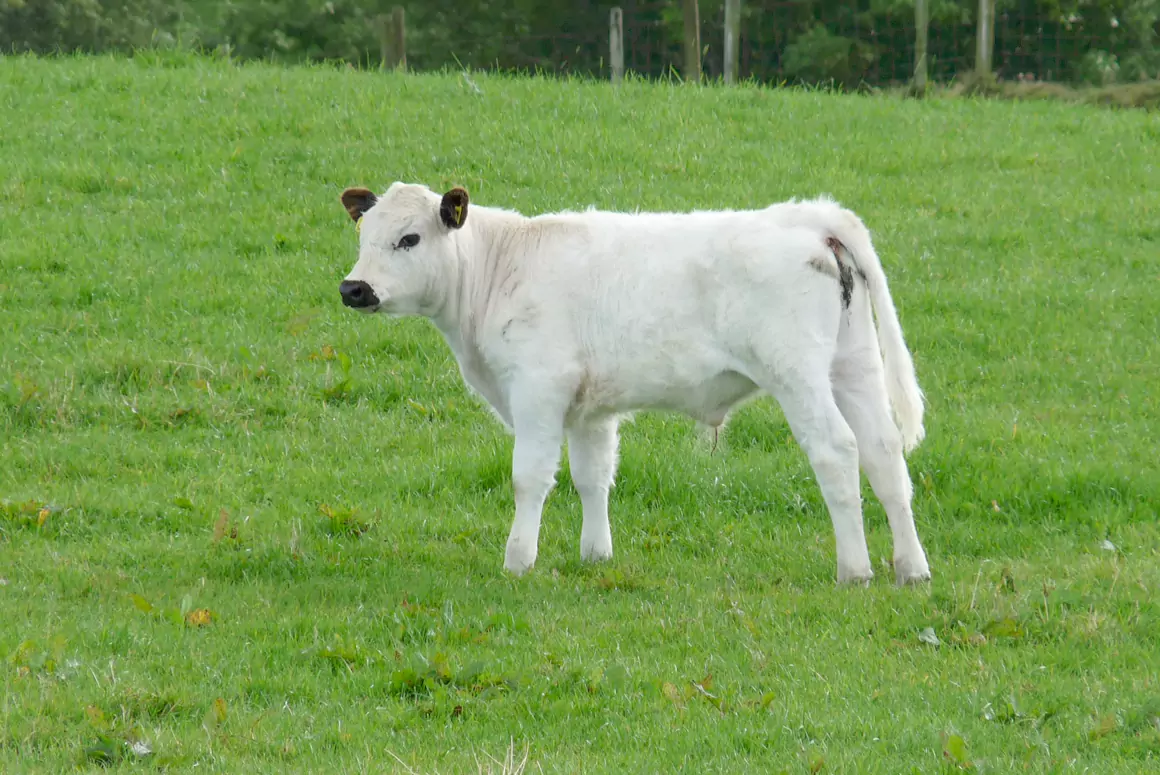
White
Belted
This colour pattern, which may be found in both black and red, is the one that is most open to criticism of not being of true Welsh origin. It certainly originated in North Wales, probably at Nannau, where Sir Robert Vaughan imported cattle, presumably of the Lakenfelder type, early in the nineteenth century.
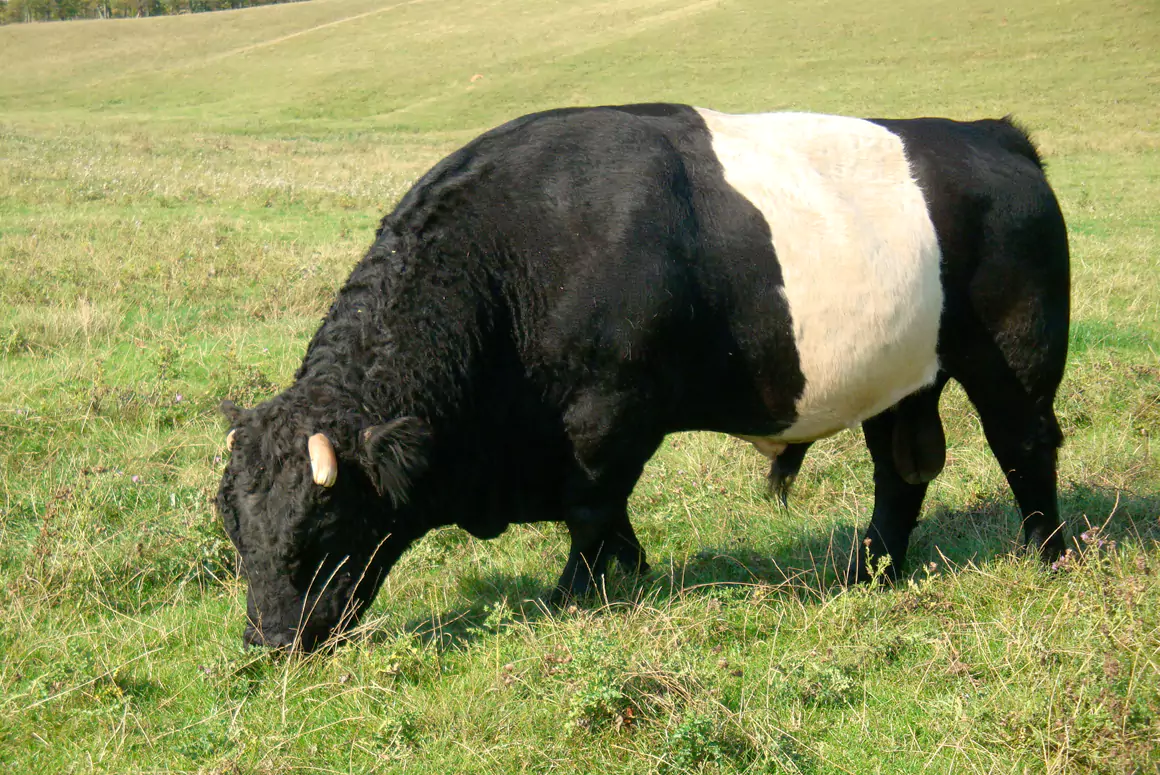
Belted
Red
This is still the commonest colour, other than black, among Welsh cattle. It regularly appears among herds up and the down the country including even in many pedigree ones. So far, there has been little interest in breeding red cattle, which breed true as the colour is recessive. There seems to be little danger of the colour disappearing in the near future. In Welsh cattle, the red is very bright, and quite different from the deep rich red of the Devon.
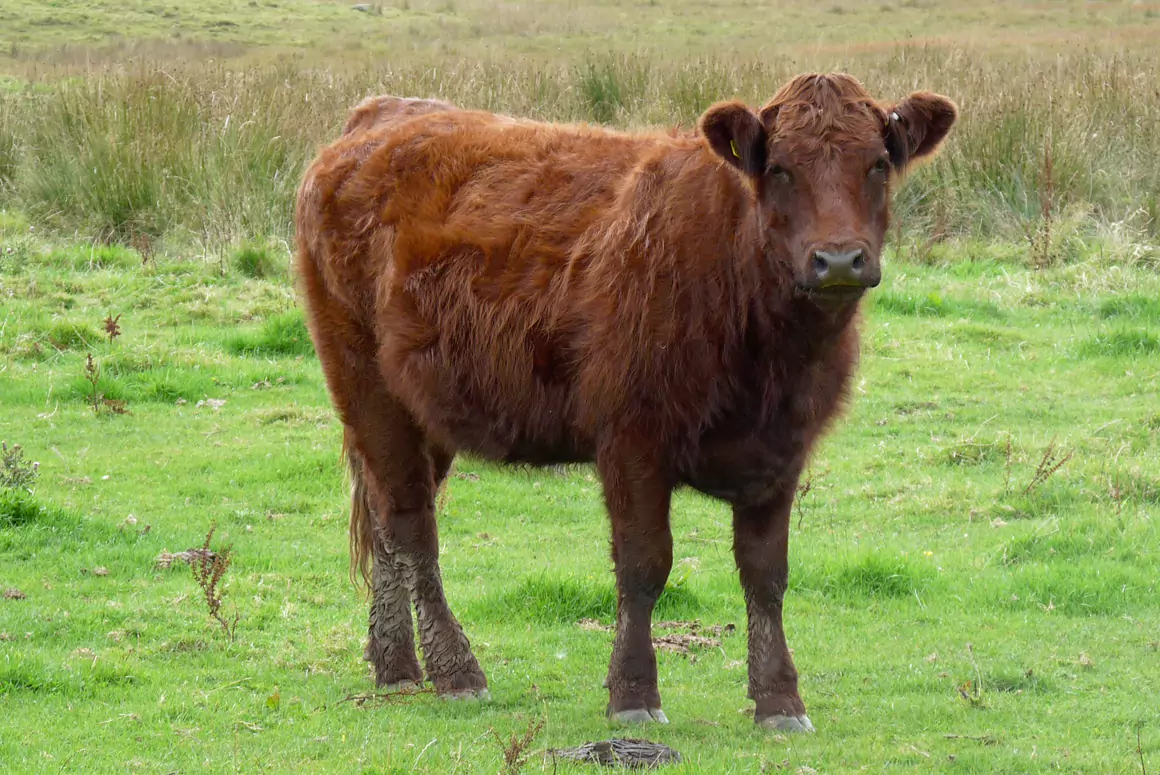
Red
Line-backed
If white cattle with coloured ears are mated with black or red animals, and the resulting progeny are subsequently also mated to black or red animals, line-backed calves will be thrown in one or two generations. The line-back pattern is the dark extreme of the colour gradient of which the white animal with coloured ears is the light extreme. In North Wales, this relationship is accentuated by the tendency to blue colouring in both white and line-backed Welsh cattle.
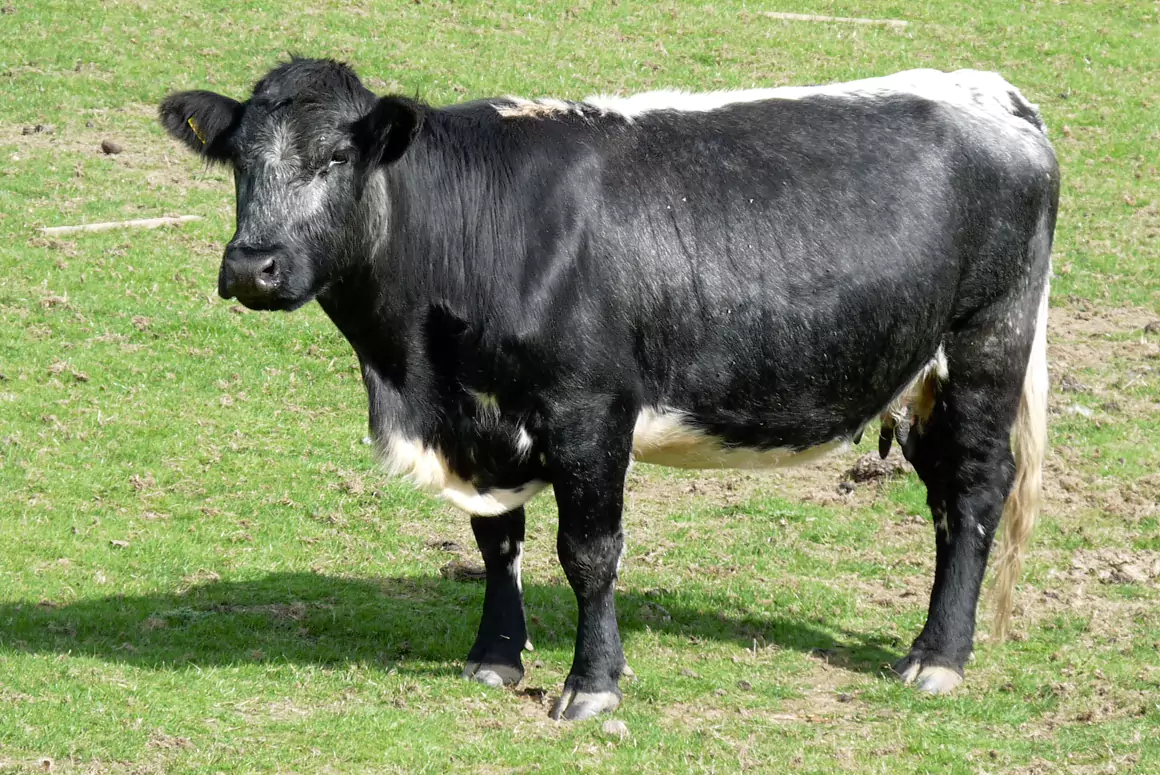
Line-backed
Blue / Grey
Blue Welsh cattle are traditionally supposed to be superior milkers to Welsh Blacks. Undoubtedly this belief arose after Shorthorn bulls had been used in some Welsh herds. The Blue Albion breed was formed in Derbyshire by crossing imported Welsh Black cows with white or roan Shorthorn bulls. Some blue Welsh cattle may indeed owe their colour to a Shorthorn cross in the past, but the colour was recorded among Welsh cattle before the introduction of Shorthorns, and in North Wales there is a close relationship between the white, line-backed and blue varieties.
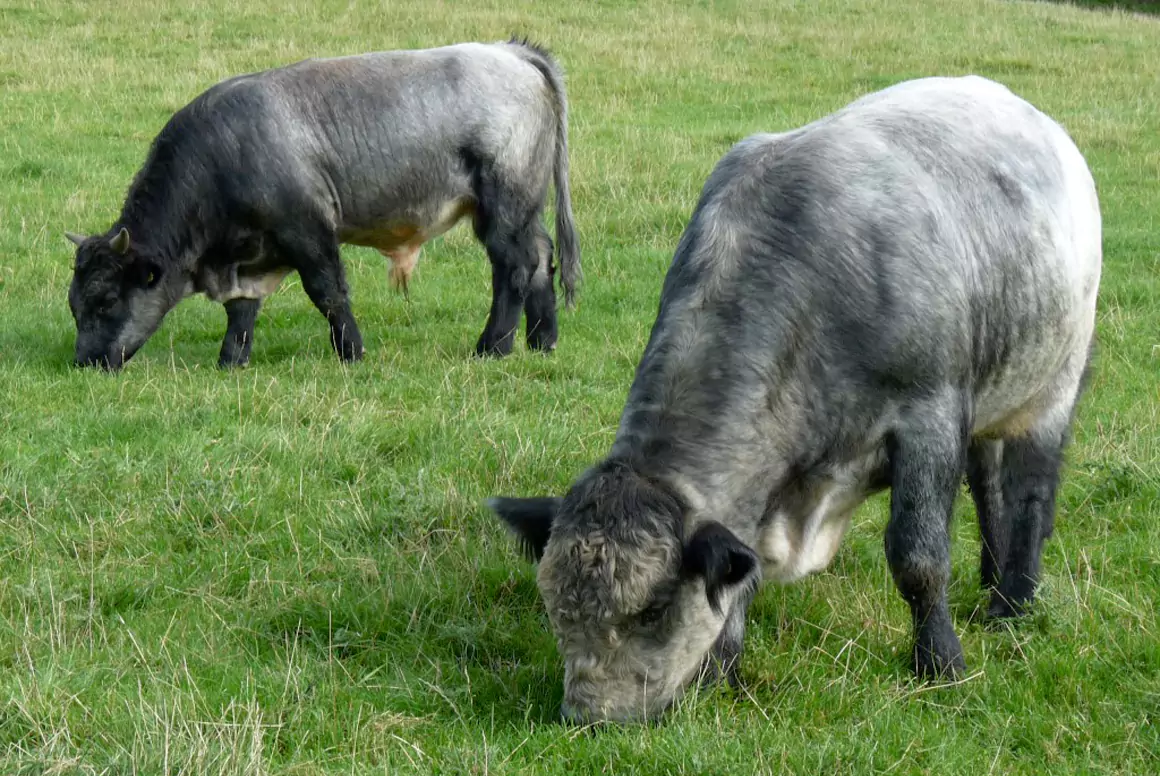
Blue / Grey
Smokey / Mouse
This colour, also known as mouse-coloured and smokey-faced, was common at one time in the Lleyn Peninsula and in those districts of Breconshire, Radnorshire and Montgomeryshire adjoining the English border. The latter group was bred using Hereford and Shorthorn bulls, but the colour still occurs as a recessive in Welsh Black herds, though less commonly than red.
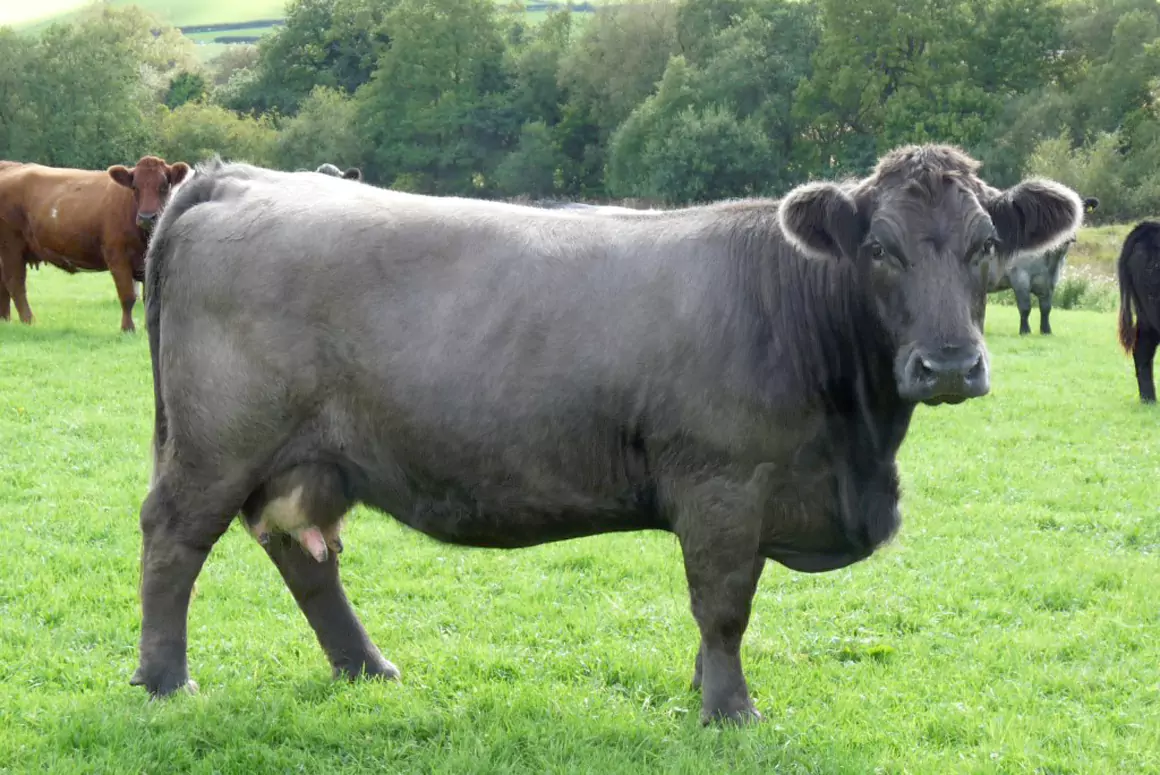
Smokey / Mouse
For more details of this breed and the Rare Breeds Survival Trust see www.welshcountry.co.uk/ancient-cattle-of-wales-recognised-as-priority-rare-breed/
For more details of the breed itself stock for sale and details of joining the society go to ancientcattleofwales.org


